226 results
VOICES: Narratives by Survivors of Modern Slavery
This is the world's largest archive of modern slavery survivor narratives. Across more than a million words spoken or written by survivors of modern slavery, we can see why slavery persists in particular hotspots, analyse patterns in trafficking routes, identify vulnerabilities, understand more about the challenges survivors face in liberation, and discover new antislavery solutions. These narratives offer the chance to systematically design new antislavery strategies based on the experiences, ideas and solutions of enslaved people themselves.
The database is searchable by country, name, theme, and narrative date. Narratives can be viewed in list or map form. A short introduction provides context to each narrative. Narrative provenance appears after the main narrative text.
For ideas on how to use this database, please see our accompanying guide.
Project Lead: Zoe Trodd. Team Members: Andrea Nicholson, Lauren Eglen, Rosemary Pearce, Olivia Wright.
Project Funders: AHRC Antislavery Usable Past grant (2014-19), ESRC/AHRC PaCCS Modern Slavery: Meaning and Measurement grant (2016-19), and AHRC-GCRF Antislavery Knowledge Network grant (2017-2021).
For any queries about the collection please contact: [email protected]. If you wish to cite a particular narrative, please acknowledge the survivor’s name, the provenance of the narrative and cite: Voices Database, the Rights Lab, University of Nottingham.

Anita B
In 2016, the estimates of modern slavery in Sub-Saharan Africa accounted for approximately 13.6 percent of the world's total enslaved population. As evident from surveys conducted in Ghana, Nigeria, South Africa and Ethiopia by Walk Free Foundation, slavery in Sub-Saharan Africa takes the form of…
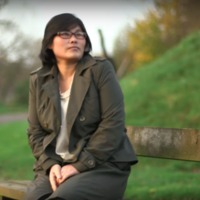
Park Ji-hyun
The Democratic People’s Republic of Korea (North Korea) is a source country for men, women and children who are subjected to forced labour and sex trafficking. Government oppression in the DPRK prompts many North Koreans to flee the country in ways that make them vulnerable to human…
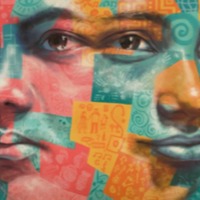
Pion H
In Tanzania, 4 out of 10 girls are married before their 18th birthday. A study by the United Nations Population Fund (UNFPA) estimated that 37 percent of Tanzanian women aged 20−24 years were first married or in union before the age of 18, between 2000−2011. Early marriage remains a significant…
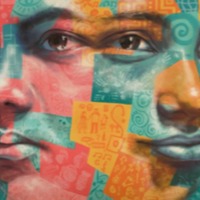
Tenneh
Female genital mutilation (FGM) remains widespread across many developing countries and has affected an estimated 140 million girls across Africa and parts of the Middle East and Asia. In Sierra Leone it is considered a traditional practice as part of initiation in to secret women’s societies…
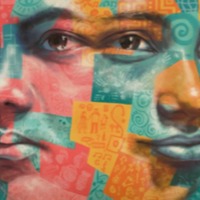
Anita G
In Tanzania, 4 out of 10 girls are married before their 18th birthday. A study by the United Nations Population Fund (UNFPA) estimated that 37 percent of Tanzanian women aged 20−24 years were first married or in union before the age of 18, between 2000−2011. Early marriage remains a significant…
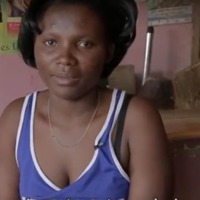
Janet B
Uganda remains a source, transit and destination country for men, women and children subjected to forced labour and sex trafficking. Ugandan children as young as seven are exploited in forced labour in agriculture, fishing, forestry, cattle herding, mining, carpentry, bars, restaurants and domestic…
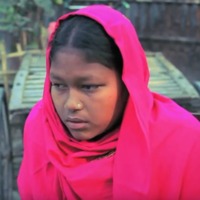
Sonhita
Despite signs of progress, Bangladesh continues to have one of the highest child marriage rates in the world.66% of girls in Bangladesh are married under 18 with the average age of marriage for girls in the country being 15. As well as deeply embedded cultural beliefs, poverty, is also a driving…
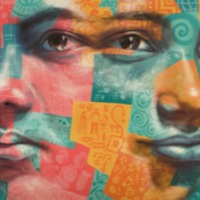
Dorothy
Malawi is a source, transit and destination country for men, women and children trafficked for the purposes of forced labour and commercial sexual exploitation. Internal trafficking is believed to be more prevalent in the country, with people being subjected to forced labour in agriculture, animal…
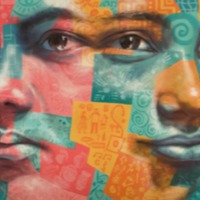
Nargis
Despite signs of progress, Bangladesh continues to have one of the highest child marriage rates in the world.66% of girls in Bangladesh are married under 18 with the average age of marriage for girls in the country being 15. As well as deeply embedded cultural beliefs, poverty, is also a driving…
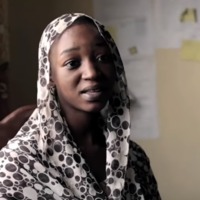
Lamana
Child, early and forced marriage is widespread in Cameroon. More than 1 in 3 girls in Cameroon are married before they turn 18 with variations across regions, in the North 73% of girls marry as children as opposed to 13% in the Littoral province. Lack of education is strongly linked to the…
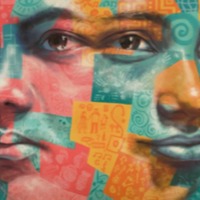
Anita A
Despite signs of progress, Bangladesh continues to have one of the highest child marriage rates in the world.66% of girls in Bangladesh are married under 18 with the average age of marriage for girls in the country being 15. As well as deeply embedded cultural beliefs, poverty, is also a driving…
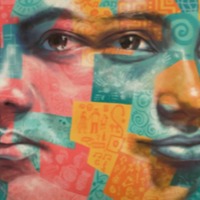
Azima B
Despite signs of progress, Bangladesh continues to have one of the highest child marriage rates in the world.66% of girls in Bangladesh are married under 18 with the average age of marriage for girls in the country being 15. As well as deeply embedded cultural beliefs, poverty, is also a driving…
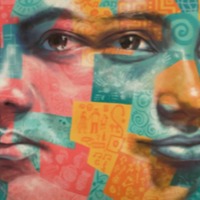
Ruhana M
Despite signs of progress, Bangladesh continues to have one of the highest child marriage rates in the world.66% of girls in Bangladesh are married under 18 with the average age of marriage for girls in the country being 15. As well as deeply embedded cultural beliefs, poverty, is also a driving…
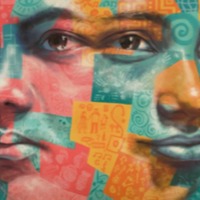
Noor B
Despite signs of progress, Bangladesh continues to have one of the highest child marriage rates in the world.66% of girls in Bangladesh are married under 18 with the average age of marriage for girls in the country being 15. As well as deeply embedded cultural beliefs, poverty, is also a driving…

Neng
The internal migration of Chinese people seeking work has created an opportunity for human traffickers in China. Moreover the gender imbalance caused by the One Child Policy and the cultural preference for male children, has caused a shortage of women which has led to the trafficking of women to…
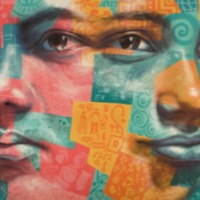
Esther Choe
The Democratic People’s Republic of Korea (North Korea) is a source country for men, women and children who are subjected to forced labour and sex trafficking. Government oppression in the DPRK prompts many North Koreans to flee the country in ways that make them vulnerable to human…
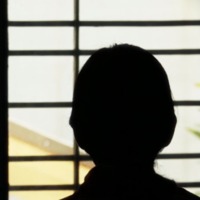
Bopha
The internal migration of Chinese people seeking work has created an opportunity for human traffickers in China. Moreover the gender imbalance caused by the One Child Policy and the cultural preference for male children, has caused a shortage of women which has led to the trafficking of women to be…
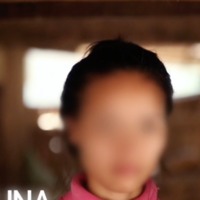
Lina
The internal migration of Chinese people seeking work has created an opportunity for human traffickers in China. Moreover the gender imbalance caused by the One Child Policy and the cultural preference for male children, has caused a shortage of women which has led to the trafficking of women to be…

Chin Soon
The Democratic People’s Republic of Korea (North Korea) is a source country for men, women and children who are subjected to forced labour and sex trafficking. Government oppression in the DPRK prompts many North Koreans to flee the country in ways that make them vulnerable to human trafficking…
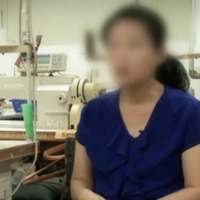
Mee Yon
The Democratic People’s Republic of Korea (North Korea) is a source country for men, women and children who are subjected to forced labour and sex trafficking. Government oppression in the DPRK prompts many North Koreans to flee the country in ways that make them vulnerable to human trafficking…